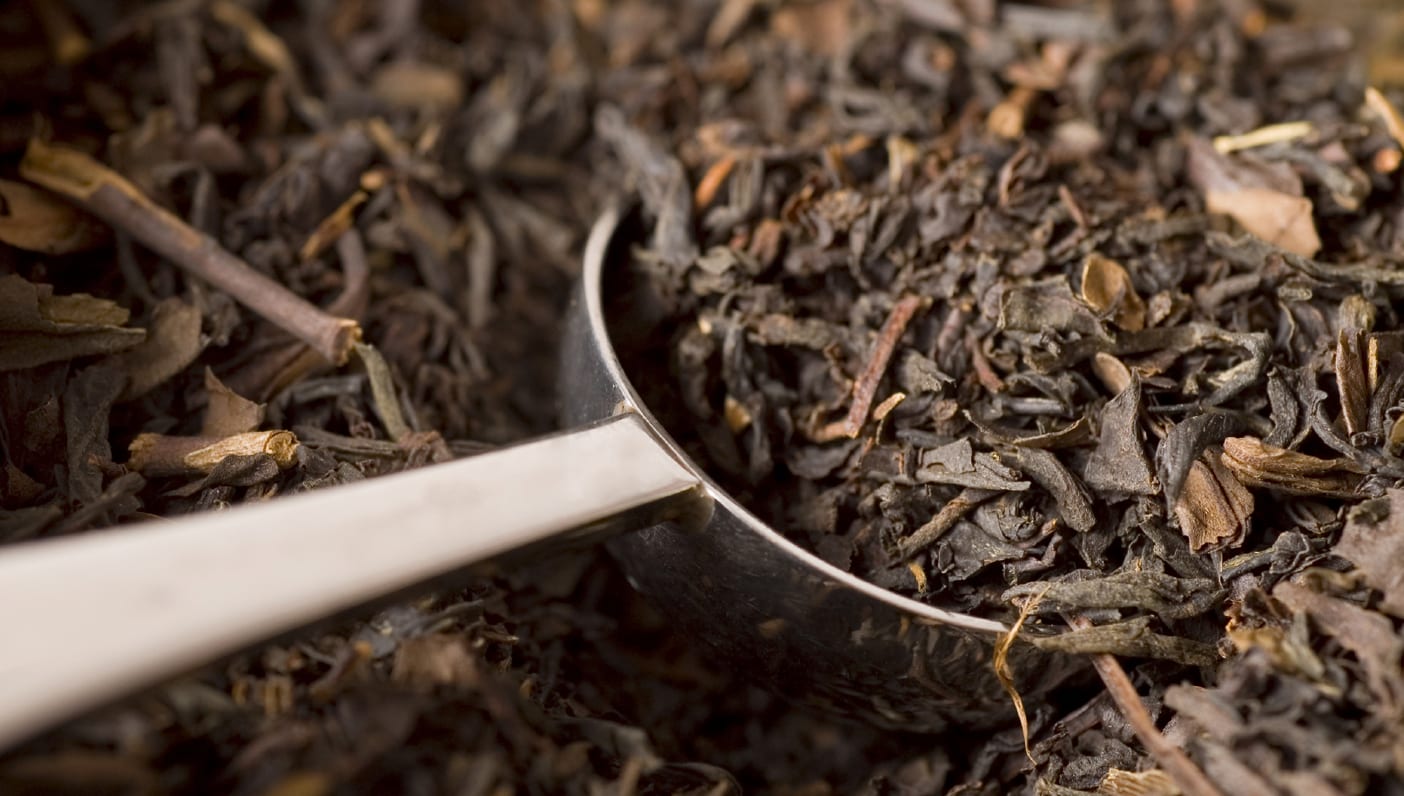
We know tea is old, but have you ever wondered just how long this beloved beverage has been around? According to a recent analysis from a team of esteemed researchers, tea is even older than we think. New evidence now provides further proof for the old age of this drink, illustrating that tea has been present in royal diets for at least 2,100 years.
The leaves discovered are considered the oldest tea leaves in the world. Experts found the evidence in the tombs of Chinese emperors, specifically Jing Emperor Liu Qi, whose remains lay in the Han Yangling Mausoleum in Xi’an in western China. The tea is also found in the Gurgyam Cemetery, which is located in the Ngari district of western Tibet.
The report, which can be found on Nature.com, introduces its findings by revealing a brief history of tea.
Tea (Camellia sinensis L.) is one of the most popular nonalcoholic beverages, consumed by over two-thirds of the world’s population for its refreshing taste, aroma, medicinal, and mildly stimulating qualities. The exact antiquity of tea is shrouded in Chinese myth. The first unambiguous textual reference to the consumption of tea as a beverage can be dated to 59 BCE during the Western Han Dynasty
In addition to tea, archaeologists found remains of millets, spinach, and rice. At first they were uncertain as to whether the tiny buds were in fact tea, so they compared the artifact’s chemistry to the leaves of modern tea samples.
From NPR’s The Salt:
The ancient leaves contained unmistakable traces of caffeine, present in tea and also in a few other plants. The clincher was equally unmistakable traces of theanine, a chemical found only in plants of the tea family, with especially high levels in tea itself. Crystals found on the surface of the leaves also matched crystals on modern tea leaves.
The discovery of the tea buds also illustrates the presence of importing valued goods into this region of China. The tea buds discovered did not naturally grow in the same area as the tombs, and was therefore important enough to have been sent to Xi’an and Tibet. Along with the valued buds, the tombs also contained woven silk cloth and a gold mask, which were luxury items at the time. Tea was likely also treated with this same level of respect.
The report continues by stressing the importance of this discovery:
Although it does not grow in Tibet, tea has traditionally played a multi-functional role in Tibetan society, as a ritual object, stimulant, and source of nutrition and medicine. Up until now, the history of tea in Tibet has only been traced back to the Chinese Tang dynasty (618–907CE) and Tibetan Tubo kingdom (a kingdom located in the southeast Tibetan region that existed from the 618–842CE).
Researchers have varying opinions about how the tea was used, however. While it’s apparent that tea was consumed, it’s not one hundred percent certain that it was consumed in the liquid form, as it is today. Researcher James Benn suggests that it was perhaps used for medicinal purposes, though there is not enough evidence to confirm this idea.
Regardless, the presence of the tea illuminates its powerful role in society. It’s no surprise that tea continues to permeate our culture with its medicinal and social properties. And as time goes by, we’re only getting more creative with how we celebrate this powerful liquid.
—

Amanda Kohr is a 25-year-old writer and photographer with a penchant for yoga, food, and travel. She prefers to bathe in the moonlight rather than the sun, and enjoys living in a state of the three C’s: cozy, creative, and curious. When she’s not writing, you can find her driving her VW Bug, looking for the next roadside attraction or family diner. She also roams the internet at amandakohr.com and through Instagram.
